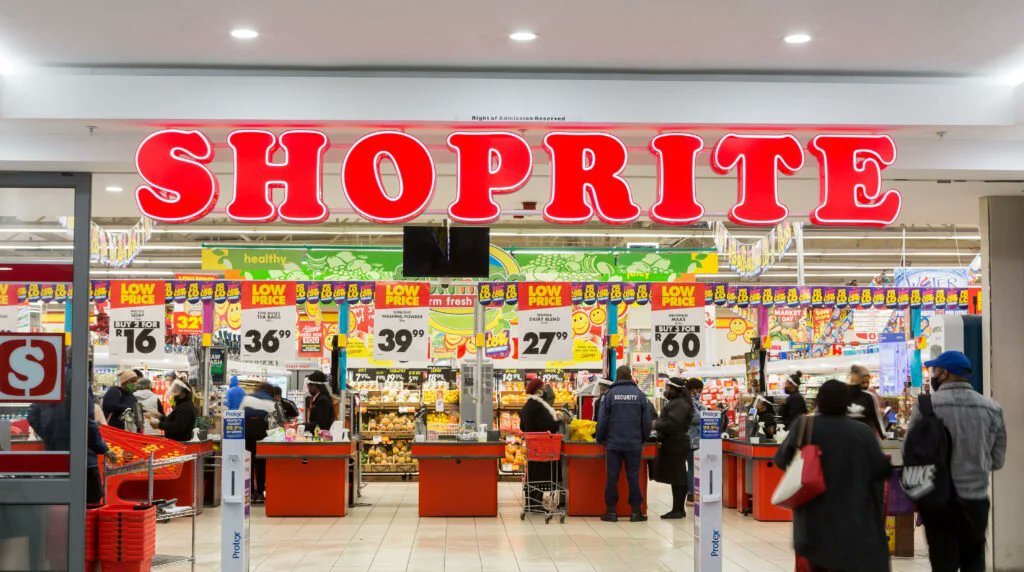News
Shoprite’s Revenue Growth Slows, But Profitability Tells a Different Story

When South Africa’s biggest retailer releases its financial results, people pay attention. Shoprite, the company behind Checkers, Usave, LiquorShop, and delivery darling Sixty60, recently shared its latest numbers and the headline looks a little less dazzling than in previous years.
The group’s non-restated revenue growth slowed from 16.9% in 2023 to just 4.3% in 2025. On the surface, that might look like the brakes have been slammed on Africa’s top retailer. But look closer, and the story isn’t one of decline, it’s one of strategy.
Strong Sales and a Record Profit
For the year ending 29 June 2025, Shoprite reported:
-
Sales up 8.9% to R252.7 billion
-
Revenue up 8.6% to R256.7 billion
-
Trading profit up 16.6% to R14.97 billion
-
Net profit margin improved from 2.5% in 2024 to 3% in 2025
Much of this success was driven by the Supermarkets RSA segment, which includes Shoprite, Checkers, Usave, and LiquorShop. Local sales jumped 9.5% to R213.5 billion, proving the domestic market is still the retailer’s stronghold.
Meanwhile, the brand’s Sixty60 delivery app continues to outpace expectations, growing a staggering 47.7% to R18.9 billion in sales. With over 94% on-time delivery rates, Sixty60 is quickly becoming as much a part of urban South African life as WhatsApp and Bolt.
Investors responded positively: Shoprite’s share price rose 12% after the announcement.
Why Revenue Growth Looks Lower
The big talking point is why revenue growth appears so muted compared to previous years. The answer lies in Shoprite’s discontinued operations.
The group pulled out of furniture retail in Angola and Mozambique, sold most of its furniture business to Pepkor, and is in the process of exiting Malawi, Ghana, Uganda, Nigeria, and Madagascar.
This “spring-cleaning” shaved R9.6 billion off its books when 2024 revenue was restated from R246 billion to R236 billion. In other words, 2025’s 4.3% growth reflects only continuing operationsnot businesses Shoprite no longer runs.
Cutting Weight to Run Faster
To the average shopper, these accounting adjustments might feel like smoke and mirrors. But in business terms, cutting out underperforming operations is like shedding dead weight.
Even though top-line growth slowed, Shoprite’s profitability actually improved, proving that shutting down loss-making ventures was the right call. As one analyst put it, “Shoprite is trading smaller, but smarter.”
For everyday South Africans, this strategy means the group can double down on what workslike expanding Checkers FreshX stores and growing Sixty60’s footprint, rather than burning cash on far-flung operations that don’t deliver value.
A Legacy of Growth
Since 2017, Shoprite has steadily grown revenue, with standout years like 2023’s 16.9% surge. The retailer’s ability to keep momentum in a tough economic climate,rising food inflation, load shedding, and consumer belt-tighteningspeaks to its resilience.
The slowdown in 2025 might disappoint those who only look at growth percentages, but Shoprite’s performance shows maturity: prioritising profitability and sustainability over sheer scale.
Shoprite’s latest results reveal a retailer that’s learning when to push forward and when to step back. The group’s core South African supermarkets remain dominant, Sixty60 is rewriting how we shop, and investors are more confident than ever.
Revenue growth may have cooled, but for Shoprite, the bigger story is profitability and that’s a narrative South African businesses and households alike can relate to in 2025.
{Source: BusinessTech}
Follow Joburg ETC on Facebook, Twitter , TikTok and Instagram
For more News in Johannesburg, visit joburgetc.com



























